Sustainable Fashion: Everything You Need To Know
Our Instagram feeds are bombarded with posts about how sustainability is the need of the hour and after a couple of minutes, we are pinged with an email alerting us about the new collection of some fast fashion brand.
The number of clothes being termed as 'sustainable' has almost quadrupled, so much so, that the word 'sustainability' has seemed to lose all its meaning. But do we even understand what sustainable fashion is, or are we merely hopping on the trend train?

Sustainability and Sustainable Fashion
In the present landscape, sustainability refers to the general capacity for human civilization to co-exist with the earth's biosphere, without compromising the needs of the generations to come.
Embedded with the concept of environmental sustainability, there is also a concern for economic development as well as social justice.
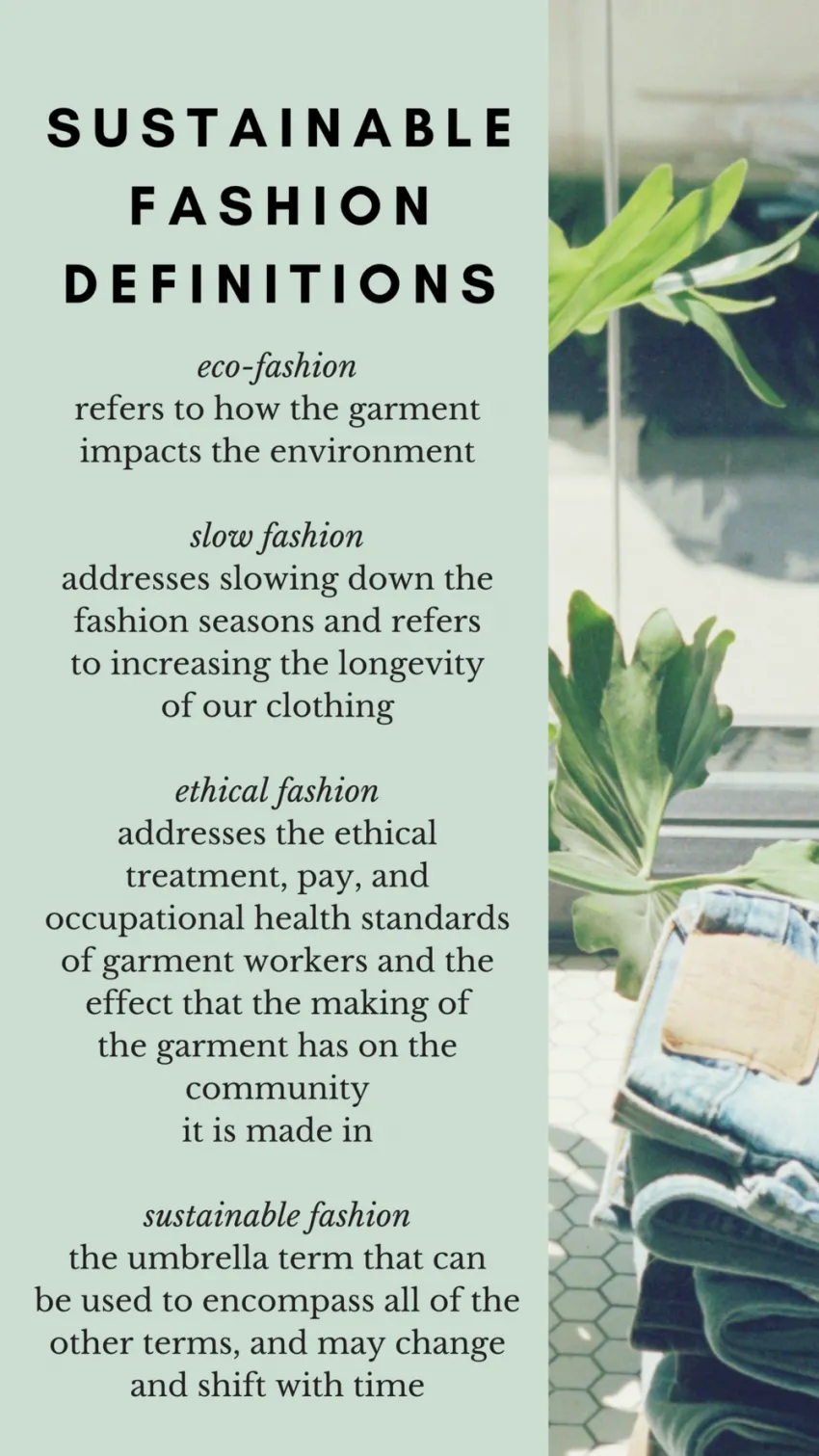
Sustainable fashion is a much-needed and long-awaited movement that concerns itself with fostering change in the fashion cycle to ensure social justice and greater ecological integrity.
In layman's language, sustainable fashion is a blanket term for product cycles that prevent environmental degradation and ensure justice to those producing garments.
Why can we no longer ignore sustainability in fashion?

Facts and figures: How is fast fashion a threat to the environment?
The fashion industry has been a threat to our environment for ages, but its consequences are often ignored or buried. However, the need of the hour demands us to be accountable for the consequences of fashion and acknowledgment is the first step towards it.
Even though fast fashion hoarding seems to be a convenient option for fashion enthusiasts who are on a budget, the cost of it is borne by the environment.
Here are a few facts and figures that can help in understanding the grave impact of fast fashion and why we need to change our habits and patterns.
- After the oil industry, the fashion industry is known to be the second-largest polluter globally. It also remains the 2nd largest water consumer. (UNECE)
- A synthetic fiber that is used in 72% of our clothes, takes up to 2000 years to decompose into the soil.
- 10% of global carbon emission is a result of the production, manufacturing, and transportation of the apparel industry, which is more than the emission of flights and marine COMBINED. (UNEP) The use of cheap and synthetic fibers also accounts for the emission of gases like N20, which is 300 times deadlier than CO2.
- As a result of excess production and the rapidly evolving trend cycle, clothes equivalent to approximately a truck full of garbage are dumped in a landfill or burned EVERY SECOND. Approximately 80% of textile production ends up in a landfill annually. (UNEP)
- A rough estimate of 35% of nonbiodegradable plastic owes to synthetic textile laundering like polyester. (IUCN)
How can sustainability and fashion go hand-in-hand?

"Our biggest challenge in this new century is to take an idea that seems abstract- sustainable development- and turn it into a reality for all the world's people." - Kofi Annan
1. Prioritizing sustainability at the heart of all projects
Rome wasn't built in a day, and consumers don't expect brands to become sustainable overnight. However, sustainability is a long-awaited movement that cannot be put off anymore.
Sustainability should no longer be a part of greenwashing strategies and PR events, it should lie at the core of a well-rounded overall approach. From design to distribution, your business model should highlight your commitment towards taking steps that minimizes ill impact on the environment, people and animals.
While it's okay to take inspiration from other brands, but make sure to create models that are tailored to the functioning of your business. Don't follow some other brand's path to sustainability and map out what works best for your business.
2. Longevity in designing and better fabric choice
To make your brand more sustainable, it is crucial to deliver products that are multi-faceted and high-quality. Brands should design and manufacture in a way to make long-lasting products for the consumers, to reduce the environmental impacts caused by discarding them.
Brands that are actively trying to become more sustainable are not just concerned with adopting sustainable practices in the manufacturing process, but also keeping the afterlife of the product in mind.
There can be a reduction of carbon emission, waste, and water footprint by 20-30%, simply by extending the life of clothes by 9 months. Longer fabric cycle, better environmental impact.
Fabric choice is one of the foremost things that brands need to reconsider in their journey towards sustainability. Try to use materials that do not take 200 years to decompose.
Using biodegradable and recyclable materials in items instead of polyester, rayon, and nylon is a good way to get started. Instead of these unsustainable materials, try to go for organic hemp, organic linen, recycled polyester(rPET), and pinatex.
3. Offering radical transparency
In order to build a healthy relationship based on trust with modern-day conscious consumers, it is imperative to offer transparency. Lately, consumers have lost confidence in many big brands, and no one's buying greenwashed corporate speeches anymore.
Brands and the concerned parties should be actively tracking every step of the value chain- from manufacturing to retailing. So to help the consumers make better choices, companies need to communicate their processes.
Once brands start taking accountability for product lifestyles, conversations start flowing regarding measures that can be taken to make a brand more sustainable. It is important to create a dialogue and understand the demands and expectations of the consumers, and everyone involved in the making of the product.
4. Measuring and taking measures to reduce waste
As per a report, more than 18.6 million tonnes of clothing had ended up in a landfill in 2020. And this does not even include manufacturing and packaging waste. One of the most crucial steps involved in shifting to a sustainable approach involves measuring your waste and taking active measures to reduce it.
From office waste like plastic cups and coffee pods to textile waste like leftover material and outdated trends; a lot goes into the dumpster that threatens the environment. So instead of continuing with a throw-it-all mindset, try to find ways to use long-term usage supplies and inculcate practices of recycling, upcycling, or donating.
5. Re-shoring
In order to minimize environmental stress, try to manufacture in your home country as much as possible.
Re-shoring your manufacturing practices will not only help to prevent the environmental impact caused by transportation and shipping but will also help in growing your country's economy.
As a result of less shipping, re-shoring can help in building a strong workforce and curb ocean pollution to an extent.
6. Using sustainable technology
Several businesses are yet to embrace modern and sustainable technology and are still relying upon harmful production processes.
In order to make your fashion brand more sustainable, it is important to take measures that curb pollution and prevent further environmental degradation.
Adopting to latest fuel-efficient technology, choosing conference calls to cut back on travel, adapting work from home practices, customized tailoring instead of bulk ready-to-made clothing, virtual dressing and 3D sampling are some of the measures that brands can take.
Making small efforts like replacing cheap breakable plastic hangers with long-term wooden hangers, also counts.
7. Mindful packaging
One of the most effective ways to reduce the grave environmental impact includes reduced packaging. Look carefully into the process of packaging and try to keep single-use plastic at bay.
Going for materials that are reusable and can easily be recycled like cardboard, jute bags, and paper is a great way to initiate sustainable measures. It is also pivotal to ask questions like how much packaging do you really need.
Several brands deliver items in separate packaging, even though it's part of the order. So try to deliver items of an order collectively and use eco-friendly and recycled packaging.
8. Re-considering partnerships
Even if your company has taken all actionable measures to move towards a sustainable and ethical approach, the effectiveness of the strategies can be undermined if your brand has partnerships that don't serve your goals.
To prevent this, try to partner with green suppliers only and break associations with partners and brand ambassadors who are not in alignment with your vision.
One can take inspiration from Birdsong London that is in collaboration with like-minded long-term brand ambassadors. The brand aims to provide living-wage jobs to women workers living in East London.
Birdsong's brand ambassadors are not given gifts in exchange, but the choice to buy at cost price so posting on social media is not a compulsion.
9. Paying your dues
A 360-degree approach to sustainability would be unfulfilled if we ignore the aspect of social and economic justice. The profession of garment workers is one of the most underpaid ones globally and it is important to pay fair and liveable wages to all employees.
Brands need to keep a keen ear to the ground and be aware of the demands and responsibilities of the garment makers. It is further expected of sustainable brands to ensure safe working conditions, eliminate sweatshops and eliminate child labor practices.
10. Participatory activism and experiences
One of the most effective ways to showcase and encourage others to adopt sustainable practices is to directly involve your consumers and audience. Our modern consumers, especially the millennials and Gen-Z are willing to be engaged in sustainable brand values and movements.
Some examples that have successfully let consumers be a part of the solution include Patagonia's Worn Wear Tour that helped consumers make their products last longer through recycling and repairing, further promoting the idea of slow fashion and less waste.
Adidas's Run For The Ocean initiative is another example aimed to create awareness and generate funds for ocean cleanup.
Through the Run For The Oceans initiative, Adidas encouraged runners to get running and raise money. For every kilometer logged by a runner, Adidas pledged to donate $1 to the Parley Ocean School in the Maldives, which will then be used to teach the youth about pollution and ocean cleanup.
11. Communicating and educating
Once you've adopted more sustainable practices, your next order of business should be to communicate your efforts to your consumers, employees, and other brand associations.
This will not only help in getting the word out on the street and create a buzz around your brand, but this might also help in encouraging someone else to take similar measures. It's important to set an example to help the fashion industry move forward, and also inspire up-and-coming fashion businesses to adopt sustainable approaches.
Social media is a great tool to spread awareness so pepper your content with educational resources and tools to reach out to eco-literate and conscious consumers in a more effective manner.
Moreover, your employees need to know that why their packages aren't arriving in glossy plastic wraps anymore. While it's important to be open about your efforts, it's also necessary to be transparent about what changes you haven't been able to make yet and how you plan on improving.
Don't oversell a false narrative so be true to your green initiatives and remember that when it comes to sustainability, there's ALWAYS room for improvement.
How can consumers become more sustainable?

"As consumers, we have so much power to change the world by just being careful in what we buy." - Emma Watson
1. Do your research and read labels
If you're relatively new to the road to sustainable fashion, it can get tricky to know where to start from. There are so many lifestyle changes that need to be made and sustainable brands to try.
However, the foremost thing that you need to do is educate yourself. Do your homework before you plan to buy any product and connect with brands to ensure that they're in alignment with your values.
If you think that while researching or communicating with certain brands, it's difficult to figure out their stance on sustainability, you probably need to ditch that brand.
It's also important to be aware of fabric and materials. Keep unsustainable fabrics, dyes, and chemicals at bay, and keep an eye out for signs and certifications like Made in Green by OEKO-TEX, Bluesign certifications, GOT. Ditch polyester, nylon, and spandex clothing and go for natural fabrics like Tencel, linen, and recycled polyester.
2. Buy better, buy less
Quality over quantity! To make better decisions instead of falling prey to fast fashion, one can apply The 30 wear test proposed by the founder of Eco-Age, Livia Firth.
On every new collection launched by fast fashion brands when you are tempted to impulse buy products, ask yourself if you'll be wearing an item a minimum of 30 times. Contrary to what our impulse mind convinces us to believe, we'd be surprised to see how many times the answer is a NO.
Try to avoid buying pieces that are only one-time wear and invest in staples and classics. Upgrade your wardrobe with timeless items and trans-seasonal items that work well all year round like a black blazer, blue denim, white shirt, and more. So follow the footsteps of British designer Vivienne Westwood, “Buy Less, Choose Well, and Make It Last.”
3. Take care of your garments
One of the most obvious but underrated steps to develop sustainable consumer practices involves properly taking care of garments. Taking care of your clothes shouldn't just be restricted to those expensive statement pieces but every item of your wardrobe, regardless of how much or little you spent on it.
Taking care of your clothes will make your product cycle last longer, which will not only prevent discarding clothes as waste but also help you limit your shopping habits.
You can take simple but mindful steps to do so; like washing your denim inside out, washing less frequently, closing zippers and fasteners, folding along the seams, and letting everything air out every once in a while.
4. Thrifting, vintage and second-hand
Vintage, pre-loved, and thrift clothing items having a pre-existing story can provide a sense of individuality that one cannot find on high street. Vintage and thrift clothing has effectively contributed to reducing the carbon footprint that is associated with the manufacturing of new clothes.
If you are planning to go to an event that requires statement wear, you can always go for more eco-friendly options. In such scenarios, rental fashion and clothing is a great option instead of spending a hefty amount on a piece that you'll wear only once or twice.
You can check out platforms like Depop, Dublin Vintage Factory, and Thriflify to check out some trendy yet sustainable pieces. You can also explore your social media platforms like Instagram to find local thrift stores or closet clearance sales.
4. Consider investing in sustainable fashion brands
Fast fashion may seem cheaper as compared to sustainable fashion brands, but our planet earth and garment producers are paying the price for it. So instead of ordering new clothes from fast fashion brands on every new launch, try to shop from sustainable and ethical fashion & jewelry brands.
Moreover, what we put on our bodies may not be as important as what we put inside them, but certain fabrics and dyes don't necessarily suit our skin.
Buying sustainable clothing doesn't always have to burn a hole in your pocket as various affordable brands promote clean and green fashion.
Kotn, Pact, Happy Earth, Boody, Ref Jeans, Rent The Runaway, Girlfriend, Esthetic, House of Sunny, Wolven; are a few examples of relatively affordable sustainable fashion brands, to begin with.
5. Re-cycle and upcycle
Before you replace, consider repairing. Any time your heel breaks or something gets ripped, try to consider recycling and upcycling instead of throwing the item away.
Instead of using such instances as an excuse to buy something new, look for ways to repair or tailor to do the job for you. This way you can not only prevent fast fashion from ruling but also promote small and local businesses.
6. Green laundry practices
According to research revealed by Greenpeace, 60%-80% of environmental impacts caused by garments are owed to laundering. As much as it's important to shop wisely, it's also important to adopt green laundry practices.
To prevent microplastics to mix up in the water systems, buy mesh laundry bags. Try to wash your clothes at a reduced temperature, and only wash at a full load. Avoid tumble-drying your clothes and purchase eco-friendly fibers that don't shed off and pollute the water during the wash cycle.
7. Donate more
When you know that something has been lying in the dark shadows of your wardrobe, consider donating those clothing items to a good cause. Many sustainable activists swear by the one-in-one-out policy in which they donate an item every time they buy something new. This way, you can contribute to building up someone else's collection and help others buy less.
8. Demand accountability
Some of your favorite brands may be involved in unethical and unsustainable practices, and your bucks may be directly going towards causing more harm to the environment. So have a close look at the brands that you shop from, and demand accountability to bring change and awareness.
Platforms like Diet Prada and Diet Sabya are doing an amazing job by calling out brands involved in unethical practices. However, remember that the idea is not to promote cancel culture, but to give room for improvement.
One of the most popular fast-fashion brands globally realized that they're losing a part of their conscious millennial client base. As a result of which, they took some conscious steps like launching their Conscious collection, living up-tp ethical and sustainable standards like in-store recycling facilities, and ethical labor practices.
Sustainable brands to take inspiration and shop from
"The starting point does not design, the starting point is sustainability." - Stella McCartney.
1. Stella McCartney

2. Nanushka by Sandra Sandor

3. Reformation by Yael Aflalo

4. Maggie Marilyn

5. Spencer Phipp
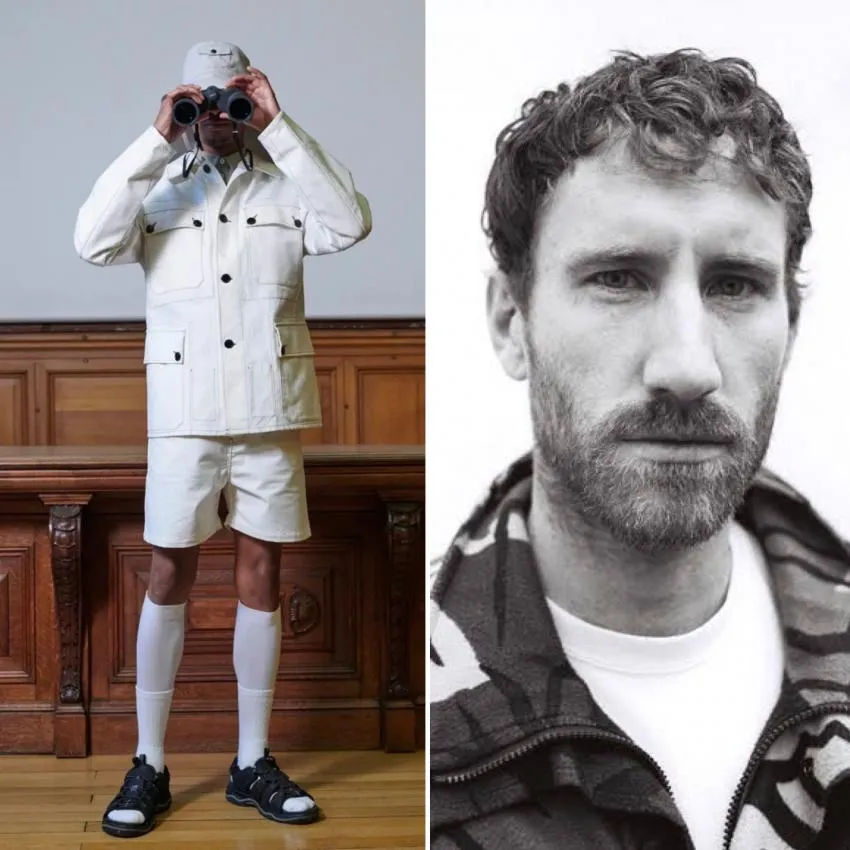
6. Eileen Fisher
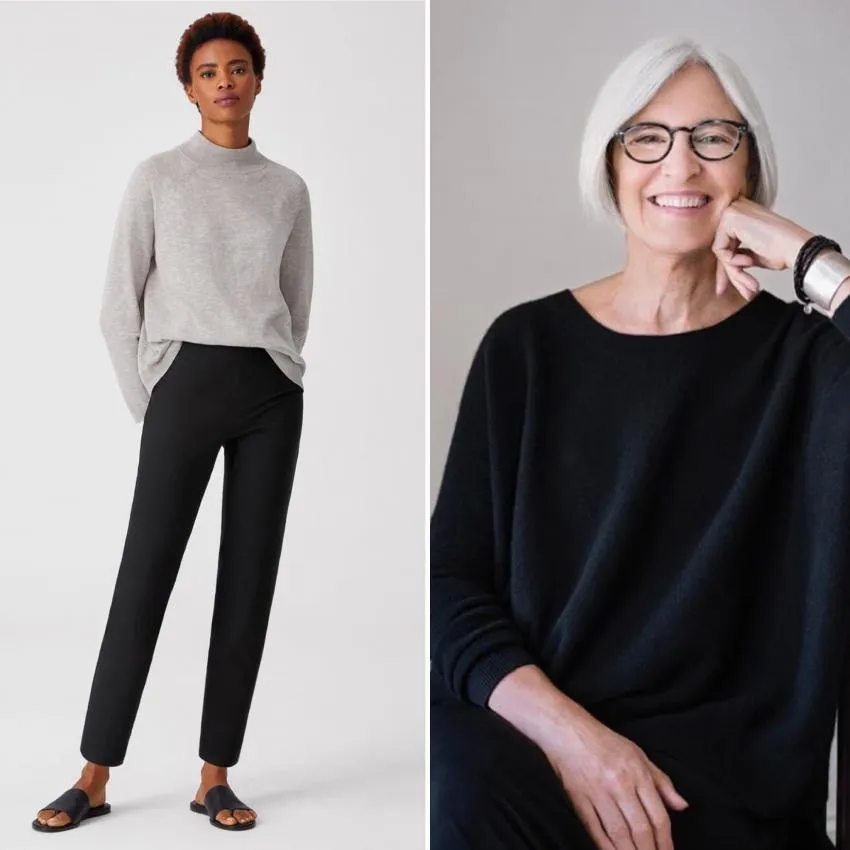
7. Rag and bone by Marcus Wainwright
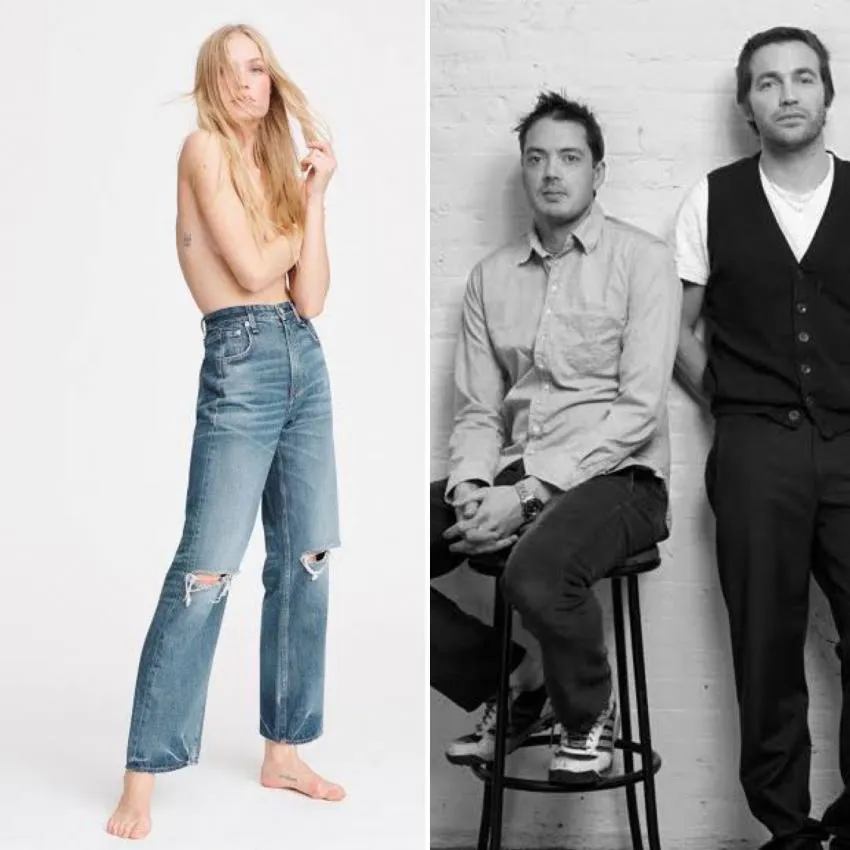
8. Marrie Hoffman
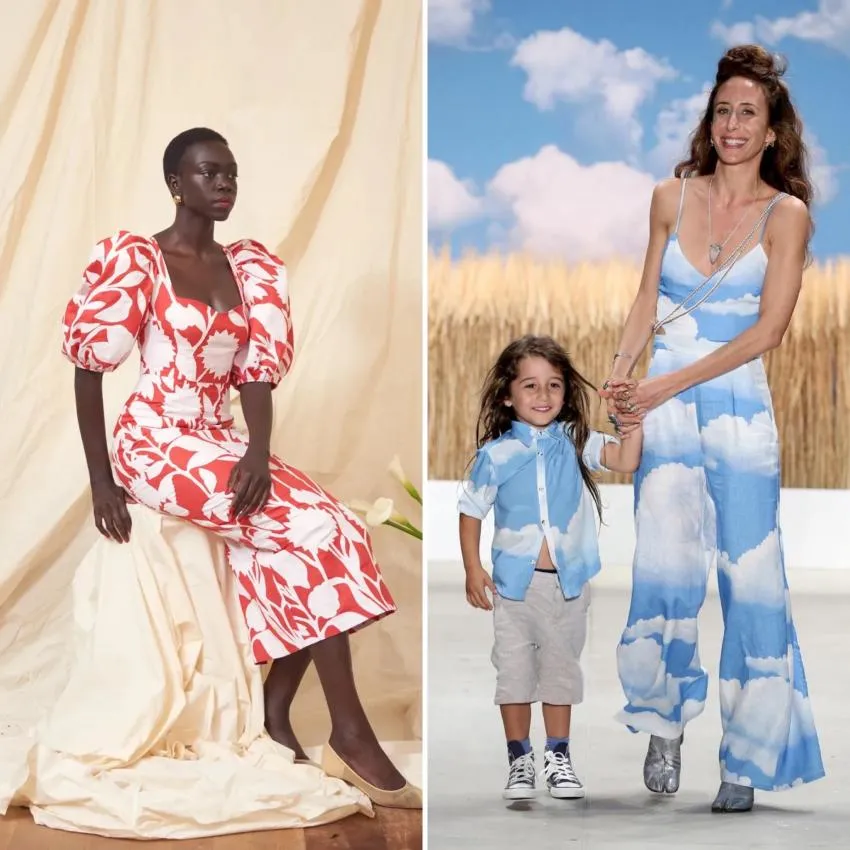
9. Grassroots by Anita Dogre
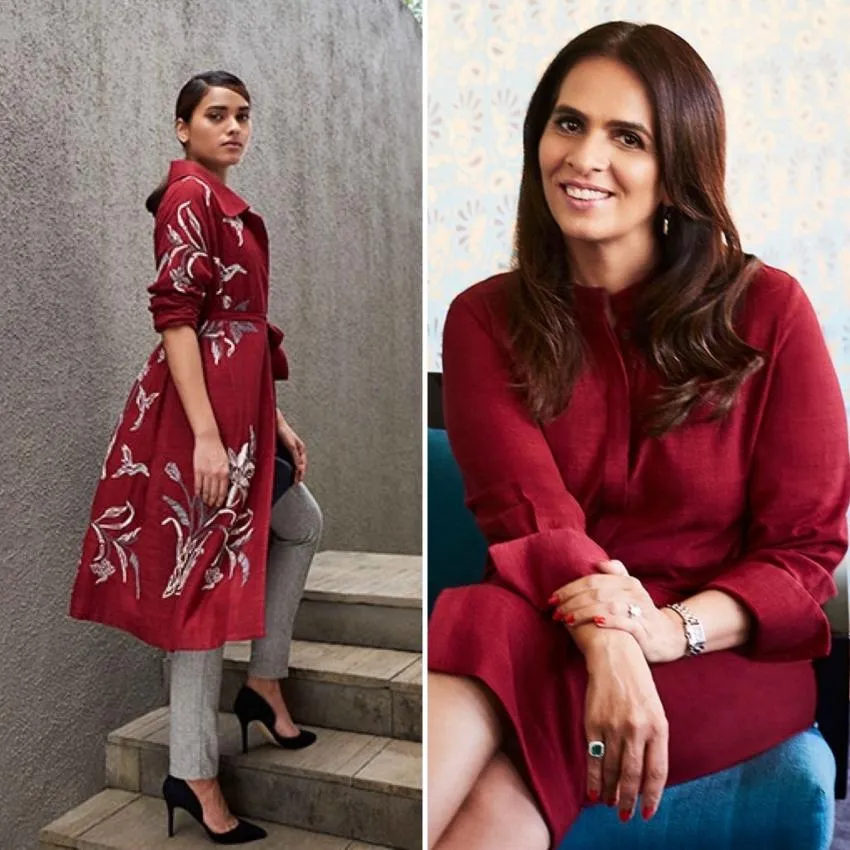
10. Thought Clothing

Sustainability is not a one-time change and it is definitely not a quick fix for decades of damage that has been done. It is an ongoing process that demands everyone's attention and efforts.
The lengthiness of the fast-fashion chain may be a considerable reason why sustainability in fashion has become a complex goal to achieve. But keeping in mind the positive aspect of it, it gives a chance to introduce positive changes at every level of the journey.
So keeping pushing your way forward towards an ethical and sustainable brand or consumer to promote eco-fashion and ethical fashion. Go sustainable or go home!
Opinions and Perspectives
The stats about landfill waste are horrifying. Really makes you think twice about fast fashion.
Appreciate the honest discussion about the challenges of sustainable fashion.
Looking forward to trying some of those affordable sustainable brands listed.
Amazing how much water the fashion industry consumes. We really need to rethink our consumption.
Never thought about the environmental impact of clothing transportation before.
The suggestion about supporting local tailors for repairs is great. Helps the local economy too.
The point about trans-seasonal clothing is smart. Better to invest in pieces that work year-round.
Anyone tried those eco-friendly laundry detergents? Looking for recommendations.
Been following Diet Prada mentioned in the article. They really do call out unethical practices.
The section about partnering with green suppliers is crucial. The whole supply chain needs to be sustainable.
The certification information is really helpful. Finally understand what all those labels mean.
Anyone else feeling overwhelmed by all this information? Its hard to know where to start.
The part about sweatshops really hit home. We need to think about the human cost of fast fashion.
Im trying to support more local designers after reading this. Helps reduce transportation emissions.
The article could have mentioned more about sustainable accessories and shoes too.
Interesting point about virtual dressing rooms reducing waste. Technology really can help sustainability.
The section about packaging waste is spot-on. I wish more brands would minimize their packaging.
Been using Ref Jeans for a year now. Great quality and I love their transparency about manufacturing.
Has anyone tried those sustainable denim brands mentioned? Looking to replace my regular jeans.
The statistics about fashion industry pollution are shocking. We cant keep ignoring this problem.
I appreciate the practical tips for extending clothing life. Simple things like washing in cold water really do make a difference.
Its encouraging to see more brands offering repair services. This should become standard practice.
The emphasis on fair wages is crucial. Cheap fashion often means someone isnt being paid properly.
Ive switched to Tencel sheets and clothing. They feel amazing and are so much better for the environment.
Wondering if anyone has experience with Tencel fabric? The article mentions it as a sustainable alternative.
The article makes a good point about transparency. We deserve to know how and where our clothes are made.
Im particularly impressed by brands using recycled materials. Its amazing what can be made from plastic bottles now.
Used Rent the Runway for a wedding last month. Great experience and saved me from buying a dress Id only wear once.
Has anyone tried rental fashion for special occasions? Curious about the experience.
The one-in-one-out donation policy is brilliant. Im going to start implementing this in my wardrobe management.
I started using those mesh laundry bags mentioned in the article. They really do help prevent microplastic pollution.
The point about reshorting manufacturing makes so much sense. Shorter supply chains mean less transportation pollution.
Anyone else struggling with finding sustainable workout wear? Its hard to find good alternatives to synthetic fabrics for activewear.
The Run for the Oceans initiative by Adidas sounds amazing. Love seeing big brands take concrete action.
What about plus size options in sustainable fashion? I feel this is often overlooked in the conversation.
The suggestion about repairing clothes instead of replacing them is so important. My grandmother used to do this all the time.
I find it interesting how the article connects social justice with environmental sustainability. These issues are more interlinked than we realize.
The article really helped me understand why sustainable fashion costs more. Fair wages and better materials naturally increase prices.
Started my capsule wardrobe last year. It's incredibly liberating and has saved me money in the long run.
Im trying to build a capsule wardrobe after reading this. Anyone have experience with this approach?
The fact that a truck full of clothes is dumped every second is mind-blowing. We really need to rethink our consumption habits.
You make a valid point about greenwashing. Thats why the article emphasizes research and looking for proper certifications like OEKO-TEX.
Honestly, Im skeptical about some of these sustainable fashion claims. How do we know companies arent just greenwashing?
The section about green laundry practices was eye-opening. I never considered how washing clothes impacts the environment.
Ive been using Reformation for the past year and can vouch for their quality. Yes, its pricier but the pieces last much longer than fast fashion items.
Anyone tried any of the sustainable brands mentioned? I'm particularly interested in Stella McCartney but wondering if its worth the investment.
I appreciate that the article addresses both consumer and industry responsibility. We all need to do our part for sustainable fashion to work.
The tip about proper garment care is so underrated. I've been able to keep my clothes looking new for years just by following basic care instructions.
I think the article could have emphasized more about the role of corporations. Individual actions are great, but real change needs to come from big fashion brands.
The statistic about synthetic fibers taking 2000 years to decompose is terrifying. I had no idea my polyester clothes would outlive me by centuries.
In response to the cost concern, I've found thrifting to be a great alternative. You can find quality pieces at affordable prices while still being environmentally conscious.
While I agree sustainability is important, sustainable fashion is often too expensive for the average person. Not everyone can afford to pay premium prices for eco-friendly clothing.
The 30 wear test mentioned is such a practical way to approach shopping. I started using it and it's amazing how many impulse purchases I've avoided.
I love how this article breaks down the complexity of sustainable fashion. The fact that 10% of global carbon emissions come from the fashion industry really opened my eyes.
